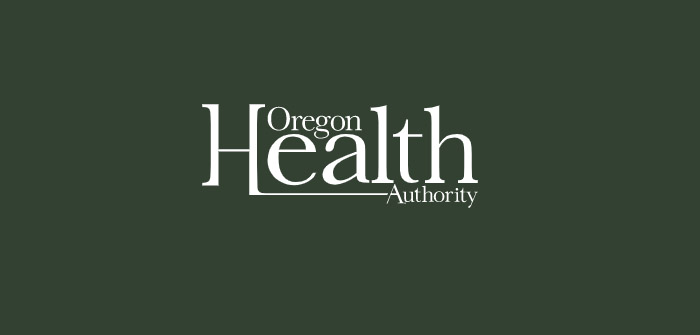Oregon has launched Healthier Together Oregon, the new State Health Improvement Plan (SHIP) aimed at improving the social influences on health — and which will ultimately help the state’s recovery from the COVID-19 pandemic with its foundation in equity.
The 2020-2024 plan, developed over the past year with input from more than 2,500 people across the state, is centered on five priority areas: institutional bias; adversity, trauma and toxic stress; behavioral health; economic drivers of health, including housing, food security and living wage; and access to equitable preventive health care.
In March 2019 when the priorities were chosen, these issues affected many people, were root causes of health problems, and affected some communities more than others, say officials at Oregon Health Authority’s Public Health Division, where the plan’s development was coordinated. Those priorities have taken on new meaning in 2020.
“We now know the factors behind these priorities, most notably systemic racism, have only been exacerbated by COVID-19, and as a result, inequities have worsened,” said Dean Sidelinger, M.D., M.S.Ed., health officer and state epidemiologist. “This is demonstrated by the fact that communities of color and tribal communities have been disproportionately impacted by this virus.”
Healthier Together Oregon focuses on social factors that affect health, “upstream” interventions, and root causes of inequities, like systemic racism as the driver for inequality in education, housing, employment, health care and ultimately, health outcomes. The plan identifies a common vision and shared priorities for what’s needed to improve health in Oregon.
For example, the plan calls for declaring institutional racism a public health crisis. It also recommends ensuring access to culturally responsive prenatal and postnatal care for people with low incomes or without legal documentation. And it proposes creating state agency partnerships in education, criminal justice, housing, social services, public health and health care to improve behavioral health outcomes in communities of color.
“COVID-19 has shined a spotlight on the damaging effects of inequity,” Sidelinger said. “Healthier Together Oregon tells us where we need to focus our efforts by providing a roadmap for recovery from this virus.”
Community-based organizations that participated in Healthier Together Oregon’s development hailed the plan’s release, saying it validates and complements work they’ve done to promote health equity, and it will guide new equity projects.
Annie Valtierra-Sanchez, equity coalition director for Southern Oregon Health Equity Coalition (SO Health-E), says the process for developing Healthier Together Oregon helped people SO Health-E serves feel heard. SO Health-E was one of seven organizations that received OHA mini-grants to gather feedback from those in marginalized communities.
“That gave us those voices, and then we know, ‘This is how people are feeling, this is what they’re experiencing. How can we address that, right now, moving forward?’” said Valtierra-Sanchez, who serves on the PartnerSHIP, the Healthier Together Oregon steering committee. “We have a pulse on what the community is feeling, but we’re also wanting those voices to be considered in the SHIP in how things will be implemented.”
Another PartnerSHIP member, Rebeckah Berry, grants and metrics manager at the Central Oregon Health Council (COHC), says many of the SHIP priority areas align with the council’s regional health improvement plan, which focuses on housing, behavioral health, poverty and other “upstream” prevention issues.
“Those more abstract, very complex health issues, such as trauma and toxic stress, those are things that we’re just now starting to learn how greatly that impacts actual concrete physical health components,” Berry said. “So, it’s really exciting to see this State Health Improvement Plan addressing those components.”
State agencies also are finding the state health improvement plan useful. The Department of Land Conservation and Development (DLCD), is already looking at ways to incorporate its priorities throughout the organization. In particular, it’s been taking a close look at how it can use data to inform its work to reach and support underserved communities, such as in the area of affordable housing and climate change, said Kirstin Greene, DLCD deputy director.
“When I read the words in the implementation strategies on equity and justice, they just sound so true to us: ‘Requiring state agencies to commit to racial equity in planning, policy, agency performance metrics and investments for Black, Indigenous and American Indian/Alaska Native people and other people of color.’ That’s very central to our approach, so we feel very well aligned.”
The Healthier Together Oregon plan is available at HealthierTogetherOregon.org.





